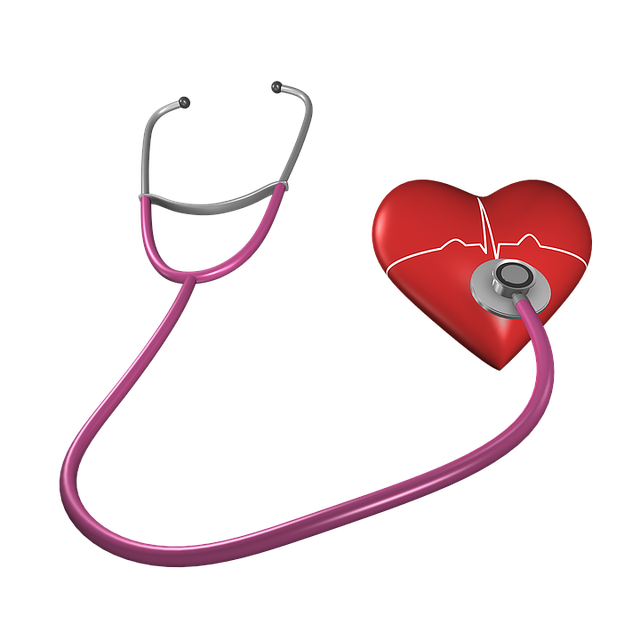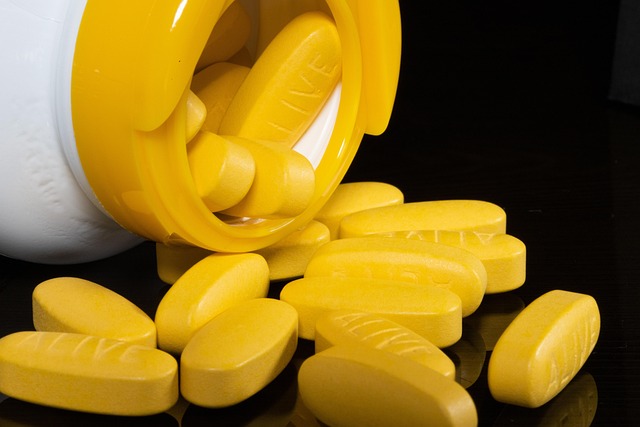Art therapy for healing is a powerful, non-verbal method of self-expression that utilizes creative processes like painting, drawing, and sculpting to tap into emotions and memories often difficult to articulate. By interpreting colors, shapes, and symbols in artworks, individuals gain new perspectives on their emotional landscapes, uncover hidden traumas, and promote personal growth, fostering emotional release and healing. Combining art therapy with music offers a comprehensive approach to catharsis and well-being, integrating creative activities into daily routines for mental and emotional health.
Unleash your emotions and explore the therapeutic power of art and music. This article delves into creative therapies as effective tools for emotional release, offering a unique approach to healing. From the transformative effects of visual expression to the liberating rhythms of music, we uncover how these artistic mediums can provide a safe haven for processing and understanding complex feelings. Discover practical ways to integrate these therapies into your daily routine for enhanced mental well-being.
- Understanding Art Therapy: Unlocking Emotional Release
- The Power of Visual Expression in Healing
- Music as a Catalyst for Emotional Freedom
- Integrating Creative Therapies into Everyday Life
Understanding Art Therapy: Unlocking Emotional Release

Art therapy, a powerful tool for emotional release and healing, involves using creative processes such as painting, drawing, or sculpting to express feelings and manage emotions. Unlike traditional talk therapies that rely on verbal communication, art therapy allows individuals to tap into their unconscious minds and externalize their internal experiences through artistic mediums. This non-verbal form of expression can be incredibly liberating, enabling people to explore and understand their emotions in a unique and personal way.
Through art therapy for healing, individuals can gain insights into their psychological state by interpreting the colors, shapes, and symbols they create. Each element of a work of art carries meaning, and therapists skilled in this field help clients interpret these meanings, fostering self-awareness and emotional release. This process can be particularly beneficial for those who find it challenging to verbalize their feelings or have experienced trauma, as artistic creation provides an alternative outlet for processing complex emotions.
The Power of Visual Expression in Healing

The power of visual expression through art therapy for healing is undeniable. When individuals engage in artistic activities like painting, drawing, or sculpting, they tap into a deep wellspring of emotions and memories that can be difficult to articulate verbally. This process allows them to externalize and release bottled-up feelings, providing a safe outlet for self-expression. Art becomes a bridge between the conscious mind and the subconscious, helping individuals gain new perspectives on their emotional landscapes.
Through art therapy, people can explore and communicate their inner worlds, often uncovering hidden traumas or unresolved issues. The act of creating visual representations can be therapeutic in itself, offering a sense of calm and clarity. Moreover, it encourages self-reflection and fosters personal growth by providing an alternative means of communication when words fall short. This non-verbal form of expression can lead to profound emotional release and healing, making art therapy a valuable tool for those seeking to navigate and overcome their emotional challenges.
Music as a Catalyst for Emotional Freedom

Music has long been recognised as a powerful tool in facilitating emotional release and healing, especially within the context of creative therapies. The rhythmic patterns and melodic structures inherent in music can stir up feelings and memories, allowing individuals to process and express their emotions in ways that might otherwise be difficult. This cathartic effect is particularly evident when combined with art therapy for healing—a practice that leverages both artistic creation and musical expression to help clients explore and release emotional trauma or suppressed feelings.
Through various music therapies, such as singing, playing instruments, or even just listening actively, individuals can tap into their subconscious minds, accessing forgotten or repressed emotions. This process of musical self-expression fosters a sense of freedom, enabling people to break free from the chains of emotional baggage and begin to heal. Art therapy for healing enhances this experience by providing an alternative outlet for expression, allowing clients to visualise and externalise their inner worlds, further promoting emotional liberation.
Integrating Creative Therapies into Everyday Life

Integrating creative therapies, like art and music, into everyday life can be a powerful tool for emotional release and self-healing. These expressive forms allow individuals to tap into their innermost feelings and experiences, providing an outlet for emotions that may otherwise remain unspoken or suppressed. Art therapy, in particular, offers a non-verbal means of communication, making it accessible to people from diverse backgrounds and skill levels. A simple sketch, paint stroke, or musical note can serve as a catalyst for profound reflection and emotional liberation.
By setting aside dedicated time each day or week to engage in creative activities, individuals can cultivate a practice that supports their mental and emotional well-being. Whether it’s painting during quiet moments, singing in the shower, or playing an instrument before bed, these acts of creation can serve as a form of self-care. Over time, such practices may contribute to improved mood, reduced stress, and enhanced resilience, making them valuable components of a holistic approach to emotional release and healing.
Creative therapies like art and music offer powerful tools for emotional release and healing. By tapping into these visual and auditory expressions, individuals can unlock hidden emotions, find solace, and enhance their overall well-being. Integrating art therapy into daily routines allows folks to navigate life’s challenges with greater resilience and self-awareness, making it an invaluable asset for anyone seeking emotional freedom and personal growth.
